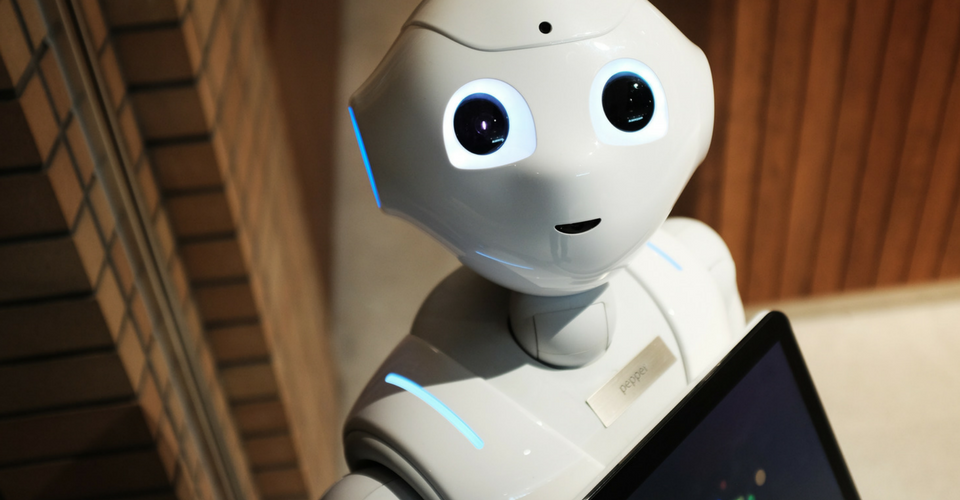There’s a lot of prognosticating and crystal ball gazing about what the future of work looks like. Inevitably, robots and artificial intelligence are always a part of that future. For example, McKinsey research found that two-thirds of senior executives said they were stepping up investment in automation and A.I. either somewhat or significantly. Could the future of work entail robots working side by side us in cubicles soon? Spoiler alert: this development is already happening.

Klick, a Canadian digital agency, has established a computer as their makeshift human resources department. Known as Genome, this internal operating system has automated many business processes and “manages” the 700 employees who work there by keeping tabs on workflow, attendance, billable hours and assisting with trainings and recruitment.
Technology like Genome isn’t so much groundbreaking as it is a unique approach to implementing robotics and automation in the workplace—after all, more than half of companies see the value of instituting intelligent automation strategies like robotic process automation (RPA) to improve business operations. It’s not like there’s a robot barking orders at employees from a corner office or making decisions that affect a person’s career or work. Rather, the existence of robots in the workplace is less tangible and more concerned with automating tasks and processes to make our lives easier and allow us to think bigger.
Working Together with Robotics and AI
So, will you be attending happy hour with a robot co-worker in the near future? Chances are slim. We are very much heading in this direction, but AI and robotics seamlessly integrating with humans in the workplace as anthropomorphic, interactive entities is still decades away by most predictions.

It’s up to humans to spearhead this innovation in a mindful direction so that it actually benefits us in the long-run, rather than fulfill the doomsday prophecies of AI taking away our jobs and robots staging a coup for world domination. That way, robots can work collaboratively with humans to solve problems in the workplace and improve business operations.
Sit Down Next to a Cobot
Of course, today if you can imagine something in terms of technology, then it’s already probably a reality. For industrial jobs, cobots (collaborative robots) are starting to spring up and pave the way for the future of work. These next generation robots actively work alongside people and share a relationship that’s mutually beneficial with them. For humans, cobots automate or perform tasks that they would typically do inefficiently or that could pose a physical threat to them. For cobots, humans help them learn and grow. They utilize AI to study and imitate humans to improve and better perform their function.
The Robotic Future is Now
Now is the perfect time for businesses to start embracing AI and robotics and prepare themselves for the future of work. Success will lie in carving out an effective collaborative strategy for how a human workforce can best work with a robotic one to achieve the awe-inspiring results that this “man + machine” partnership can potentially deliver.
Artificial intelligence has the power to bolster and expand our own human intelligence. This amplification will only happen once we accept that the faces of our colleagues might soon become more steely…literally!



